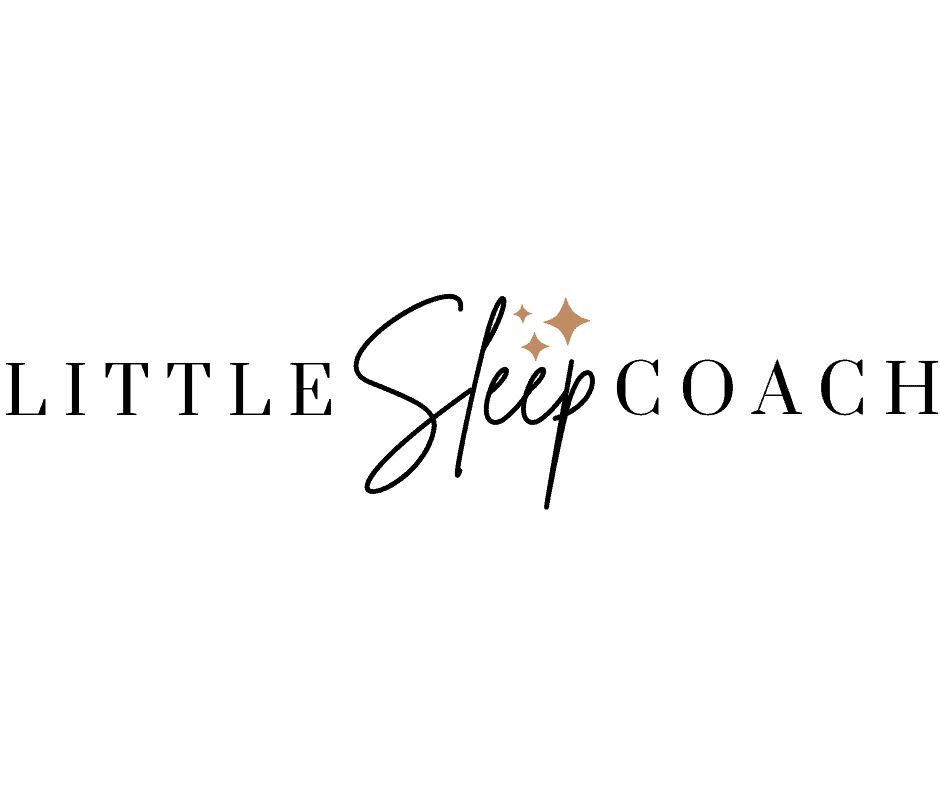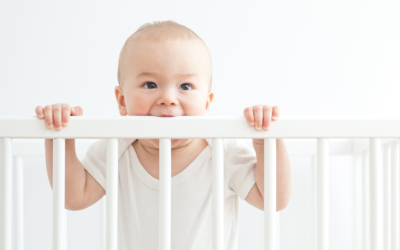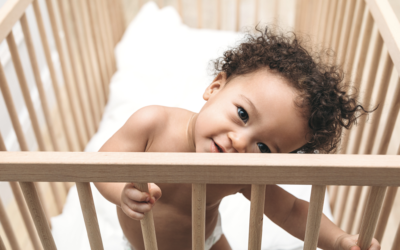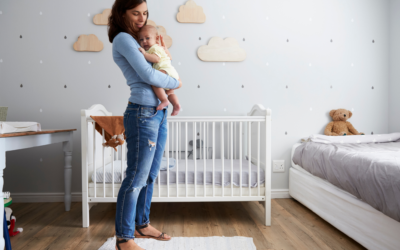Swaddles are my absolute go-to for newborn sleep! If your little one seems to resist swaddling,...
Toddler Bed v’s Toddler Floor Bed
Traditional Toddler Bed vs. Toddler Floor Bed
Wondering about the best sleep solution for your toddler? Let’s dive into the debate between traditional toddler beds and the increasingly popular toddler floor beds.
What is a Toddler Floor Bed?
A toddler floor bed is a mattress positioned directly on the floor or slightly elevated without high rails, providing toddlers with the freedom to move in and out of bed. Unlike traditional toddler beds, which are smaller in size (27”x 52”) and elevated like a crib, floor beds offer a unique sleep setup.
Pros and Cons of Toddler Floor Beds:
Pros:
Larger mattresses facilitate bonding time at bedtime, allowing space for reading and bedtime snuggles.
Affordable options ranging from placing a crib mattress on the floor to purchasing a floor bed frame and mattress.
Larger mattress size provides more wiggle room and a longer lifespan, typically lasting until 4-5 years of age.
Cons:
Being on the floor may encourage walking and bouncing, potentially shortening the bed’s lifespan.
Harder to keep clean if shoes are worn indoors.
Pros and Cons of Traditional Toddler Beds:
Pros:
Some cribs can transform into toddler beds, offering a convenient transition option.
Skipping the toddler bed and moving directly to a twin-size bed can provide a longer lifespan.
Elevated design tends to keep beds cleaner.
Cons:
The height and size may pose safety issues for some families.
Bed rails, if needed, come at an extra cost.
Shorter lifespan, usually lasting until 4-5 years of age.
Toddler Beds and Floor Beds: Freedom and Independence
The choice between toddler beds and floor beds influences the freedom and independence your child experiences during sleep. Expect a honeymoon phase, lasting anywhere from 2 weeks to 8 months, when making the switch. Transition from the crib after 3 years of age when your child has outgrown it or when it’s no longer safe.
Communication and Safety Tips:
Communicating with a 3-year-old about staying in their room becomes easier, and positive reinforcement helps extend their bed stay. Regardless of your choice, safety-proof your child’s room by securing furniture, covering outlets, and removing potential hazards. Consider safety gates if stairs are present.
In conclusion, the decision between traditional toddler beds and floor beds is a personal one, balancing the pros and cons to ensure a cozy and secure sleep environment for your growing toddler.
Gradual Night Weaning for Bottle and Breastfed Babies.
Navigating Night Weaning and Phasing Out Night Feeds: Considerations and Tips Babies waking up at...
Sound Machine Safety, Preferred Sounds, and the Benefits.
Explore the essential guide to sound machine safety and preferred sounds in our latest blog post, ensuring a secure and serene sleep environment for your baby. Discover the benefits of improved sleep quality, noise masking, and versatile solutions, making bedtime a peaceful experience for both you and your little one. 🌙💤 #BabySleep #SoundMachineSafety #ParentingTips
Early morning wakings: Your Simple Guide to Better Sleep
Introduction: Being a parent is a joy, but early mornings that don't fit your family's routine can...
Decoding Sleep Cues: A Roadmap to Better Bedtimes for Your Little One
Decoding Sleep Cues: A Roadmap to Better Bedtimes for Your Little One 🌜 Hello wonderful parents...
How to Survive Sleep Regressions
Discover expert strategies to navigate sleep regressions in infants and toddlers. Learn about common regressions and how to support your child through developmental milestones for a good night’s sleep. Patience, understanding, and consistency are key. Wishing you peaceful dreams! 😊🌙
When To Transition Your Baby To A Crib?
When To Transition Your Baby To A Crib? It is recommended to room share for at least the first six...
How to drop from 2 to 1 nap
2-1 Nap Transition The biggest change in sleep for your child to navigate is the 2-1 nap...
Nap transition 3-2
3-2 Nap Transition For months you and your baby have been working establishing a good sleep...
Daylight Savings, how to adjust your Child’s schedule!
Time change can be difficult for parents to manage, however spring forward is especially trying....
Signs of Teething
Is your little one fussy, chewing on things and drooling? These are some of the signs your little...
Is baby overtired or under tired?
With all the talk about wake windows you might start to think that a baby being overtired or under...
How to Read Sleepy Cues
Timing is everything when it comes to your child's sleep. A few important things to keep in mind...
Why does my baby wake up SO early?
Do you have an early riser? Have you tried everything to get them to stay in their beds until a...
Why does my baby wake up crying
Why does your baby wake up crying There's nothing worse than putting your baby down to sleep for a...
How to use wake windows
Here's something I bet you didn't know before Motherhood, Wake windows! Or Awake windows. It seems...
Top noise machines for your baby’s sleep
Explore our top picks and expert insights to curate a soothing sleep environment for your little one.
Choosing a nursery room in your new home.
Setting up your nursery? Start by creating the perfect sleeping space for your baby. In this guide, we delve into crucial considerations for co-sharing a room.
Ready to start sleeping?
Learn how to help your little one fall asleep independently, sleep through the night & nap consistently to regain your nights & be the best, happiest version of you.
Book your Free Discovery Call here!
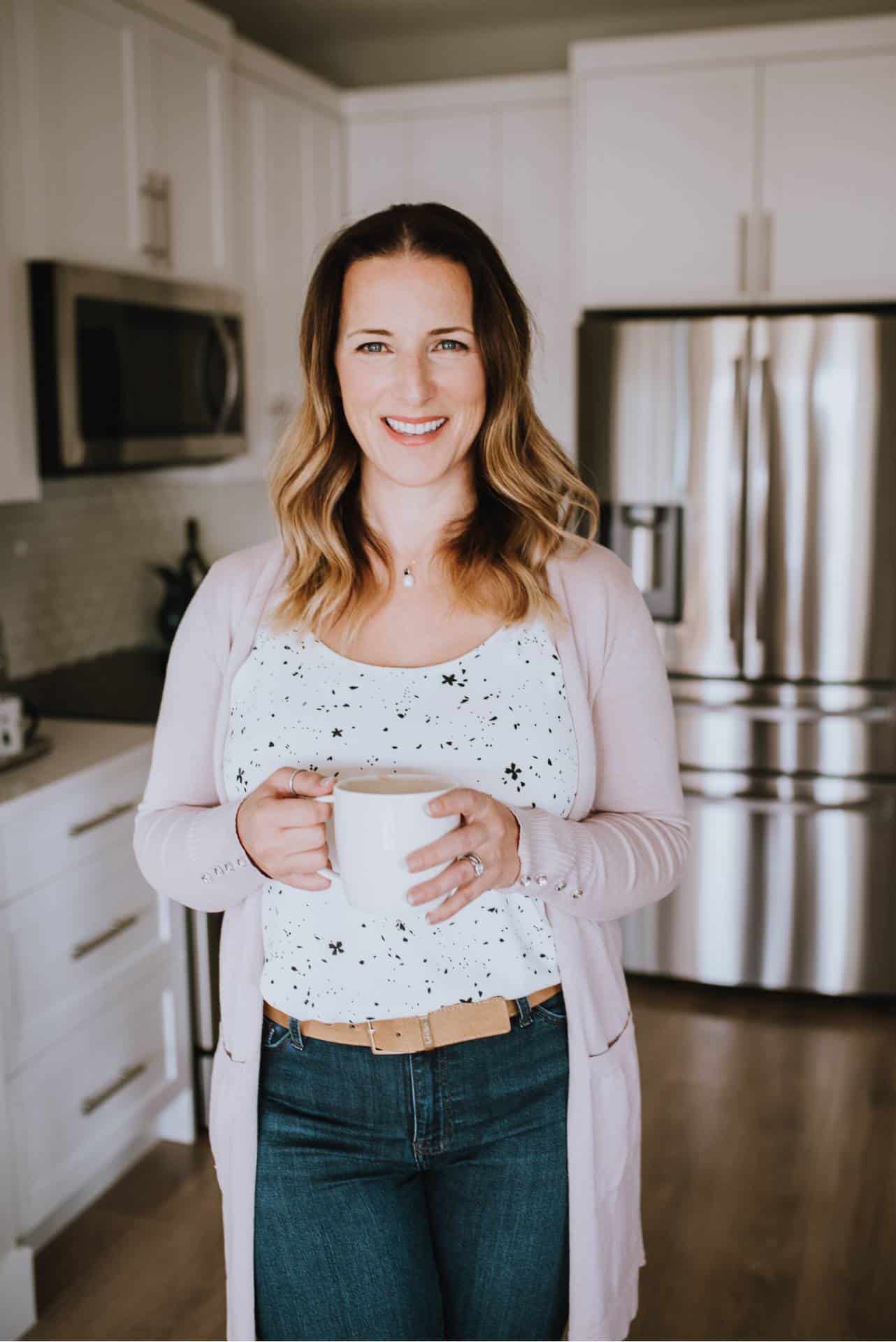
Hey, it's Liz Holman, and I totally get where you're at! I'm a mom of two, a wife, and a business owner. Sleep troubles were seriously affecting our family's well-being and joy. Making a change felt overwhelming—so many questions, so much advice!
But, believe me, making a change can be simpler than it seems. Let's kickstart the journey to better sleep for your family today! Start by taking our free assessment right over HERE!
